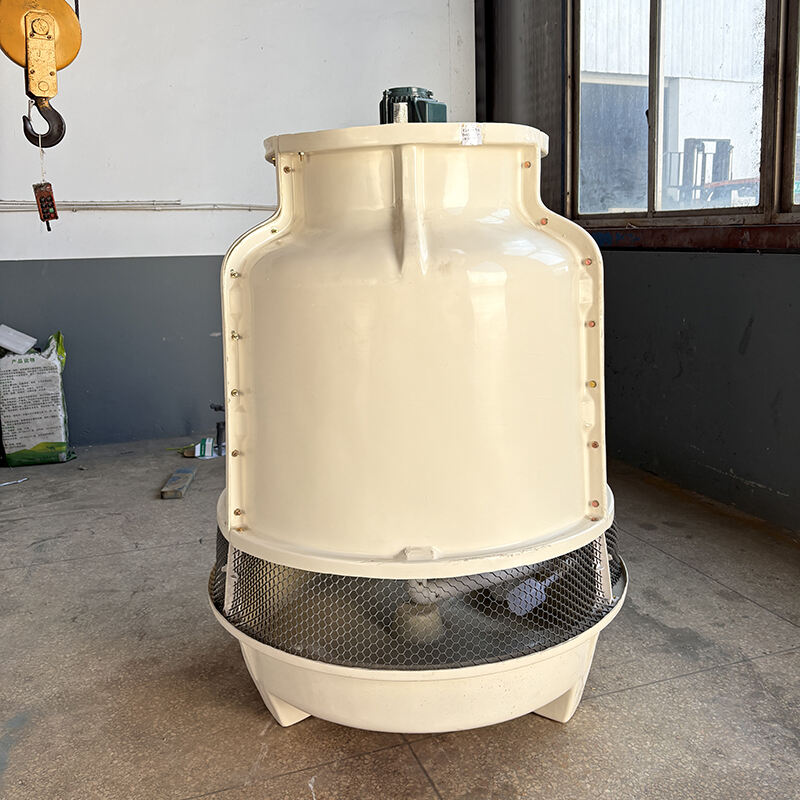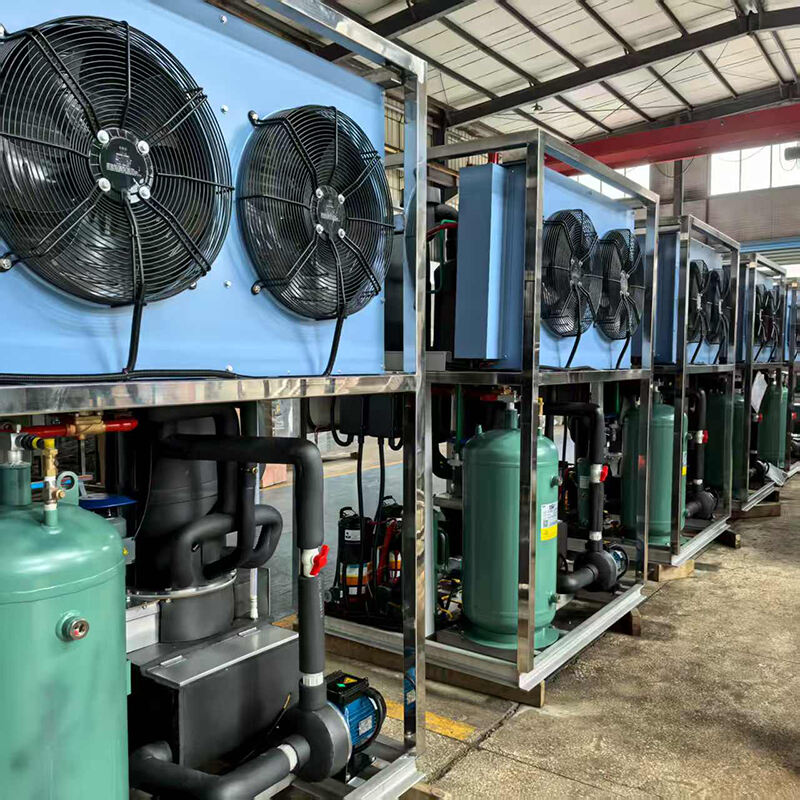In the industrial customs, hot areas such as the labor factory, warehouses as well as processing factories are common and this can cripple the ice machine performance in the extreme temperatures. External heating environments stressed cooling systems and risked the low amounts and quality of the production of ice. When it comes to production during heat stress, businesses in which ice is required on a regular basis; whether it is in food processing, concrete cooling or some other process, consistency is key. Special designs of high-end ice machine designs overcome this challenge since they employ advanced engineering methodology, and, therefore, they can be trusted even in worst circumstances.

Robust Compressor Systems for Heat Resistance
An ice machine has its core in the compressor, which has to work extra hard in warm climates to keep the cold at freeze levels. Ice machines constructed under extreme temperature conditions include big-capacity compressors and wider heat-dissipation ability. The components will be able to run effectively at ambient temperatures that are more than 40 C in temperatures and will not be prone to overheating and declining the performance. They regulate the amount of cooling the refrigerant pressure and cycles have, ensuring that ice creation levels are constant, despite the climatic conditions around them increasing.

Insulated Storage and Production Zones
Melt of ice by action of heat could be introduced to ice making and storage rooms thus decreasing net production. This is countered by use of heavy type insulation of production chambers and storage bins via industrial systems. These insulations reduce the transfer of heat between the outside and the inside, lower internal temperature, and reduce the rate of ice melt. Severe storage compartments also ensure that when one gets access to ice no warm air gets in to destroy the available ice as new ice is created. This two-fold protection will make the availability of the complete ice pretty dependable, even in hot weather.

Efficient Condenser Designs for Heat Management
Converters expel the heat produced during the process of refrigeration and during elevated ambient temperatures, this process rate of efficiency may be compromised. Over-sized or multiple fan condensers which greatly improve the rejection of heat are a solution by the industrial ice machine to this. Other models employ a variable-speed fan that will change the flow of air depending on the temperature, providing an optimum cooling no matter what the conditions are outside. This eliminates over loading of the condenser resulting in low ice production in hot weather and ensures that it remains efficient throughout the time of the day.

Adaptive Controls for Temperature Fluctuations
In industrial ice manufacturers, the latest control mechanisms regularly monitor the external environment and internal temperature and switch to eliminate thermal pressure. To provide an example, the system is capable of responding to temperature rise with less freezing cycles, or greater efficiency of the compressor. These adaptive controls ensure that there is no external stagnation and the flow of ice will be stable as far as environmental disturbances in nature. This technology is also very helpful in the industrial environment which is not necessarily cooled with variations made by air temperature.

Finally, ambient heat requires the use of powerful compressors, out of sink control to keep the proper insulation of the ice machine, experienced condenser-condenser, and ice construction. These characteristics presents harmony to industrial ice machines to function regularly, so provide possible activities in the hottest places.

 EN
EN
 AR
AR
 BG
BG
 CS
CS
 DA
DA
 NL
NL
 FI
FI
 FR
FR
 DE
DE
 EL
EL
 HI
HI
 IT
IT
 JA
JA
 KO
KO
 NO
NO
 PT
PT
 RU
RU
 ES
ES
 SV
SV
 TL
TL
 ID
ID
 LV
LV
 UK
UK
 VI
VI
 GL
GL
 HU
HU
 TH
TH
 TR
TR
 AF
AF
 MS
MS
 GA
GA
 BE
BE
 BN
BN
 EO
EO
 JW
JW
 LA
LA
 MN
MN
 MY
MY
 UZ
UZ
 GD
GD




